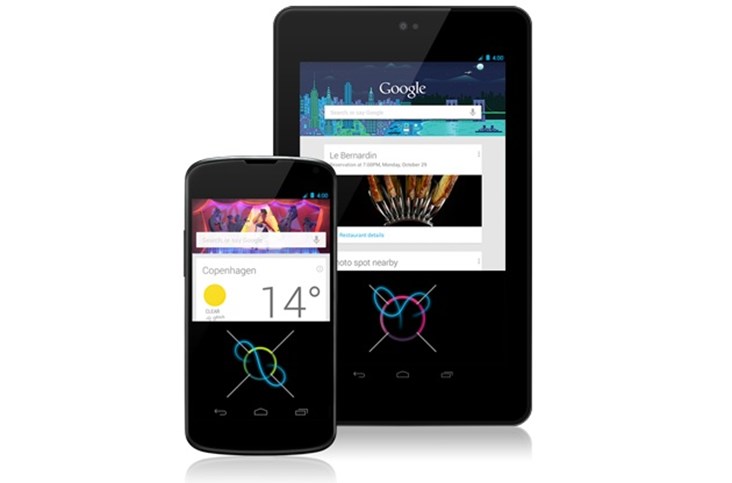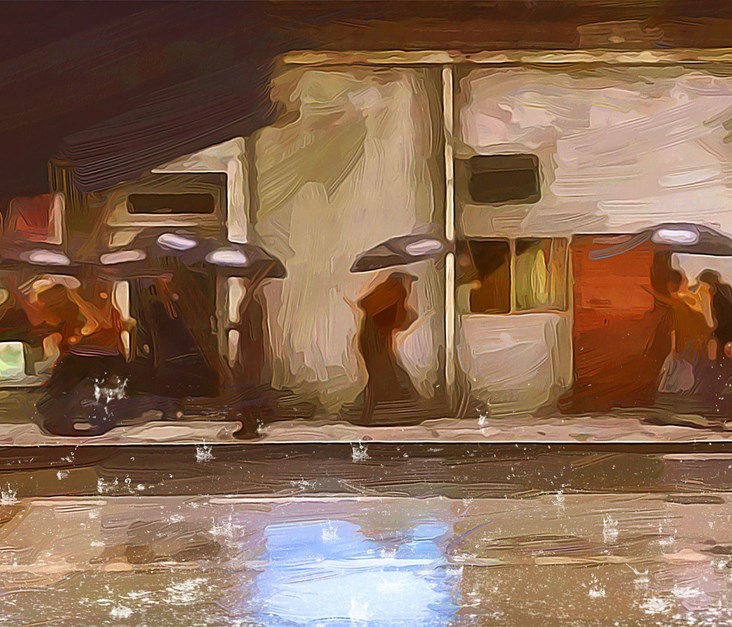
Last week we reviewed Minuum, the world’s smallest touch screen keyboard. Minuum presents users with a shrunken qwerty keyboard and compensates for the imprecision with a strong correction algorithm. 8pen by contrast pays little attention to size, takes a radical approach instead and attempts to reinvent typing.
8pen looks nothing like a keyboard. It’s made up of a circle that sits on top of an X mark with letters and symbols on either side of each of the lines. See below:

Entering a letter
To type a letter, start by placing your finger inside the circle and swipe outwards and into the area that contains the letter - something that the creators like to call a sector. Then turn to the side on which the letter lies and cross over the line - this is called a branch. Now if the letter you want is the letter closest to the center, then bring your finger back into the circle and release. If you want to type the second letter, cross over two branches and then bring your finger back into the circle. For the third letter you’ll have to swipe over to the third sector past three branches. For the letter furthest from the center, you’ll need to go full circle before going back to the center.
The images below illustrate typing the letters Y (dark blue line) and B (light gray)

Entering a word

Each word can be entered using one continuous motion. As explained above, the starting point, the size, and the direction of the first drawn circle will determine the first letter, then without removing your finger off the screen, starting from the center circle where you had ended your previous stroke, you can go on to add more letters in one uninterrupted squiggle. The space character is inserted whenever you exit the center circle. There is an 8pen doodle, or “an animated representation of the 8pen”, accessible here, where you can enter a word to see how it looks when entered with the 8pen.
The placement of letters
The qwerty layout was imported from typewriters. It was developed in 1874 by Remington & Sons for the first commercial typewriter, called the Remington Number 1, in an effort to to speed up typing by preventing jams. There are multiple accounts of this development. One version claims that the designer, Christopher Sholes, arranged the keys with the most common letters placed in hard to reach spots in order to slow typists down to try to avoid frequent jamming. This theory however is contested and challenged by claims that keys placed farther apart increase typing speed because it encourages alternation between the hands. There are claims that the placement of the keys was influenced by the study of letter-pair frequency by educator Amos Densmore, but this is contested as well. One last theory suggests that the letter arrangement evolved from telegraph operators' feedback.
The placement of the letters on the 8pen keyboard along the branches is made in a way that speeds up writing. Letters have been rearranged with linguistics, ergonomics and optimization in mind. Letters are placed according to their frequency. “Starting on the left side of the top sector, we place the letter 'e' as the innermost letter. Then turning clockwise, we place the next-most frequent letter, until the shell is filled up. Then we move out one shell and start again.” In simpler terms, the most frequent letters are placed in the innermost circle surrounding the center circle. Less frequent ones are found in the outer circles.
Another consideration is fluidity, which translates into speedy and natural writing. The layout is chosen as to allow movements in the shape of an 8 or a circular motion. These ‘smooth’ strokes are described as low energy word, the more "bending" there is drawing a letter, the higher the energy. This is achieved by placing often subsequently used letters opposite to each other.
The images below illustrate gestures for “an” and “as”

Function keys: delete, shift, num key and enter are placed in each corner of the keyboard. The whole keyboard also supports gesture recognition, provided you don’t start the gesture from inside the center circle. You can assign gestures to commonly used phrase or your name for instance.
What if the keyboard was invented today for mobile devices, would it have looked the same?
As we said at the beginning of the article, 8pen takes a radical approach. Perhaps too radical. Any person that is even faintly familiar with the traditional keyboard would probably opt to stick to a traditional keyboard and bear the pain of finding tiny digital keys on tiny keyboard. In this regard, Minuum does seem a better alternative if we were looking for a reinvention of typing on touchscreens. But at the same time, the concept and design of 8pen does make a lot of sense, but it’s gonna take a LOT more practise to get the hang of. Incidentally, 8pen Ltd has two apps on the Play Store. The 8pen keyboard and 8pen Wordcup, a game that “builds up your muscle memory by teaching you the 8pen, letter by letter, word by word.” Finally, to answer that question, had keyboards been invented today, it would have looked a lot more like 8pen than any other available alternative.
8pen debuted on Android on November 1st 2010 and is available on the Play Store for $0.99. An 8pen prototype for Leap Motion was also announced, in addition to an early preview for joysticks and gamepads.
Latest Business
Intelligence Report














